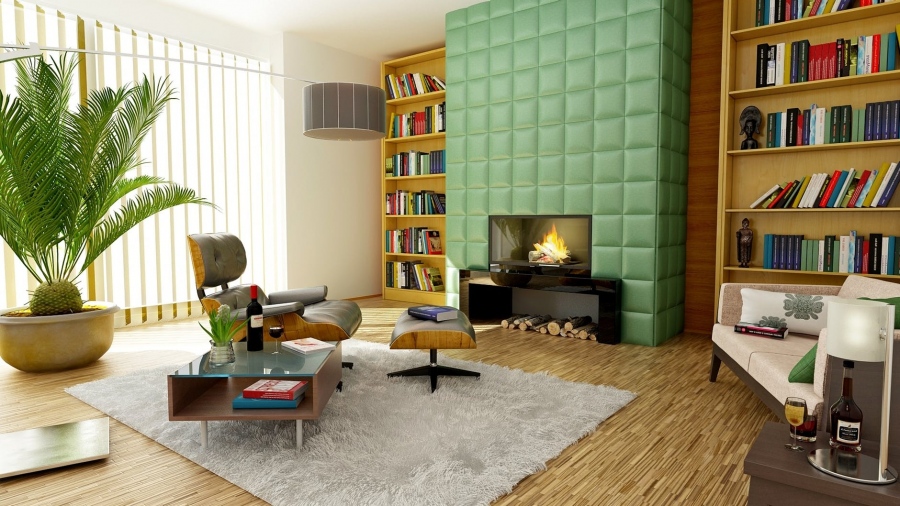What Type Of Gas Fireplace To Choose

With gas fireplace installation the dream of cozying up on the sofa in front of the fireplace has become more possible. This modern affordable and energy-efficient way of heating is tremendously popular among homeowners. With gas fireplace installation you get less maintenance and heat loss. Instead of wood, they burn natural gas or propane. Most gas units are easy to use, requiring only the push of a button or flip of a switch to turn them on and off. They do not produce smoke or odors of traditional fireplaces, but their flames emit low levels of pollutants, such as carbon monoxide, nitrogen and sulfur oxides.
Certainly, skeptics may say that the atmosphere of a traditional fireplace is lost. However, there is nothing permanent under the sun. Nowadays you can choose from a variety of gas fireplaces appropriate for you. Discover different types of gas fireplaces.
B-vent gas fireplaces are vented similarly to traditional ones. The pipe runs from fireplace unit up to the roof, where it vents outside. This system uses a small amount of inside air to create combustion. Since vent pipe has to run to an appropriate section of the roof, B-vent gas fireplace installation might be simple or challenging to install, depending on your house design.
This type efficiently produces heat, about 70% of which remains in the house due to fixed glass panels that cover direct-vent fireboxes (the main box opening of the fireplace where the fire burns). Installation of vented fireplaces is easier and less expensive than traditional or most of B-vent fireplaces. Besides, the vent system can go through either walls or roof, making fewer limitations for gas fireplace installation. They are completely sealed and use no air from within the home. However, the position and look of ceramic logs cannot be changed, or incomplete combustion will occur.
This model requires no venting at all, burning 99% clean (without odors or smoke) and, as manufacturers say, is absolutely safe. Ventless fireplaces use inside air for combustion and off-gas into inside air. Flames burn very cleanly without creating significant carbon monoxide. All the heat from ventless units remains inside the house. They can be installed almost anywhere.
However, since fumes from vent-free fireplace stay inside the house, some people may be sensitive to combustion by-products. In addition, they produce quite a bit of moisture and condensation.
